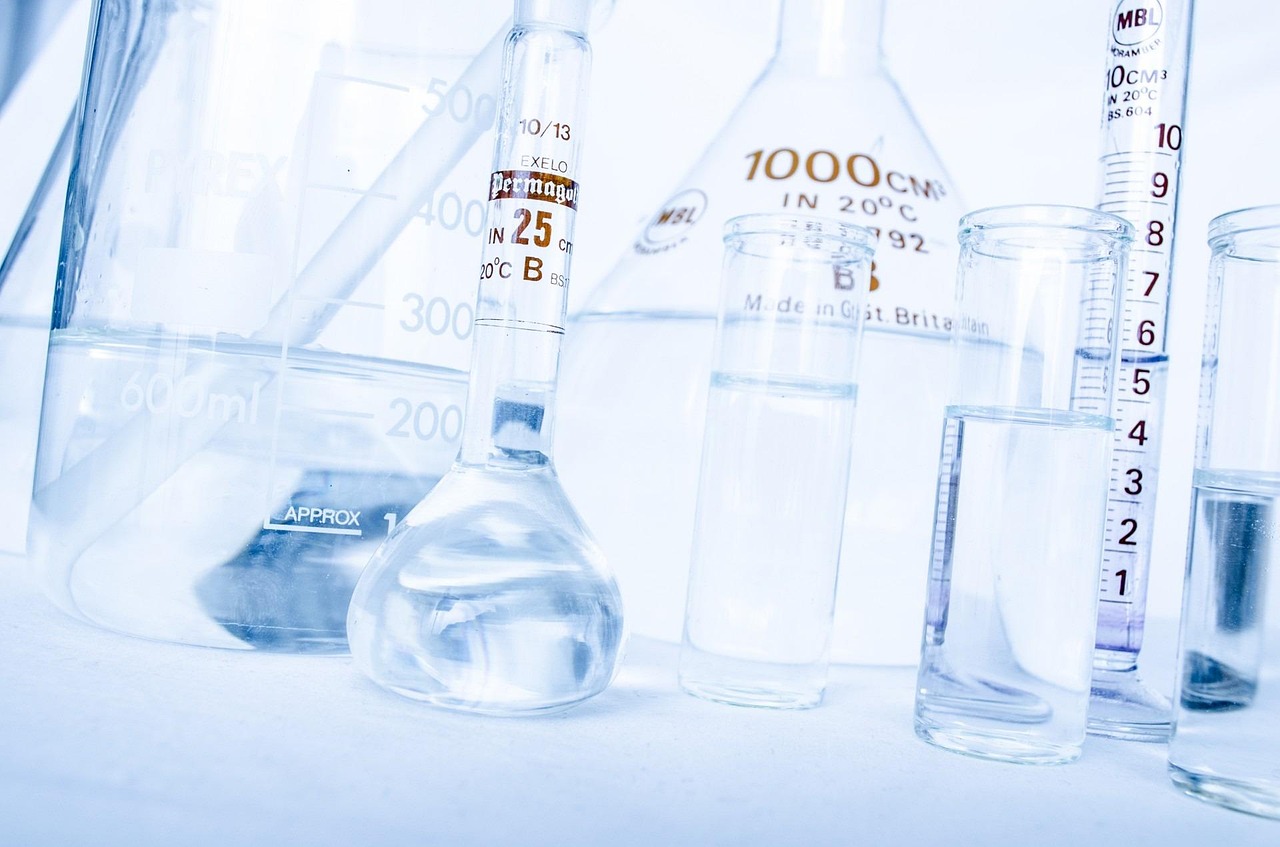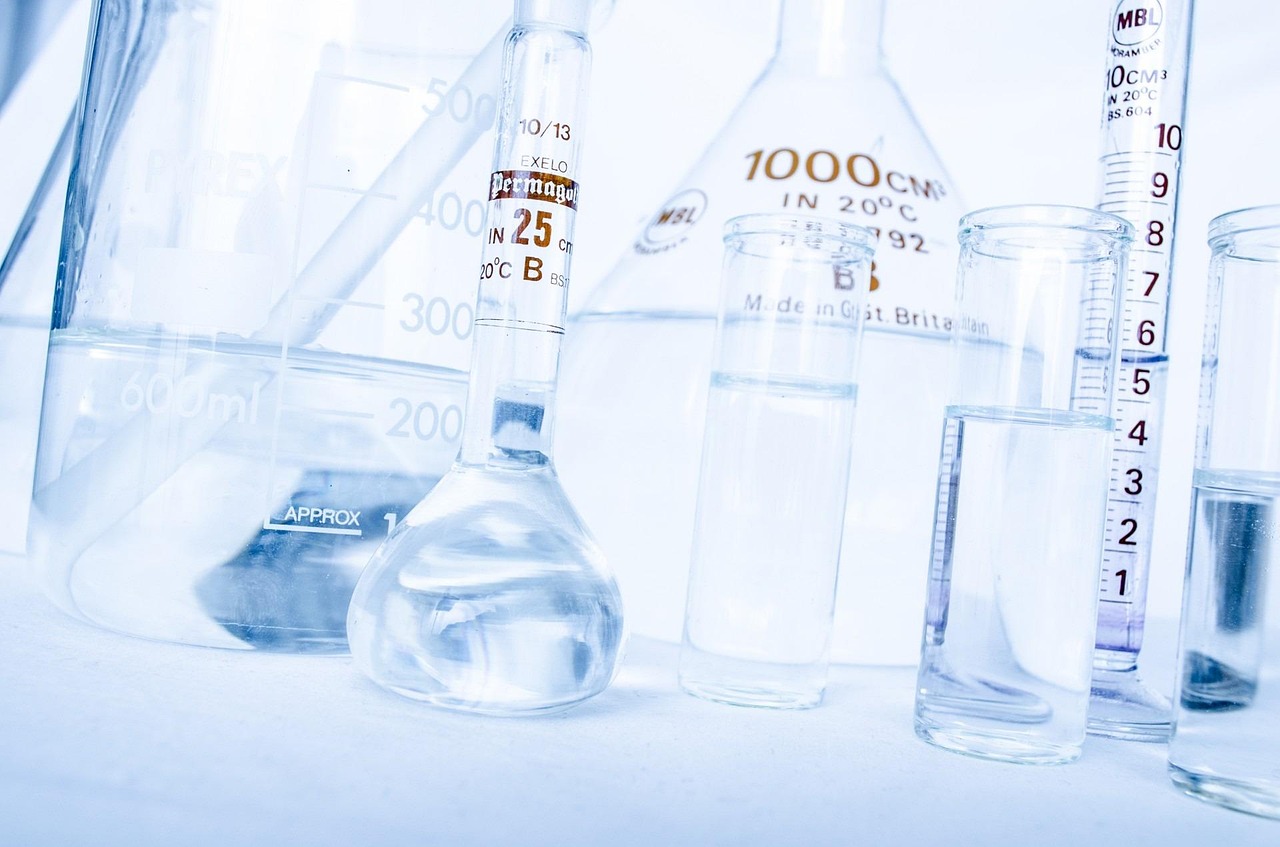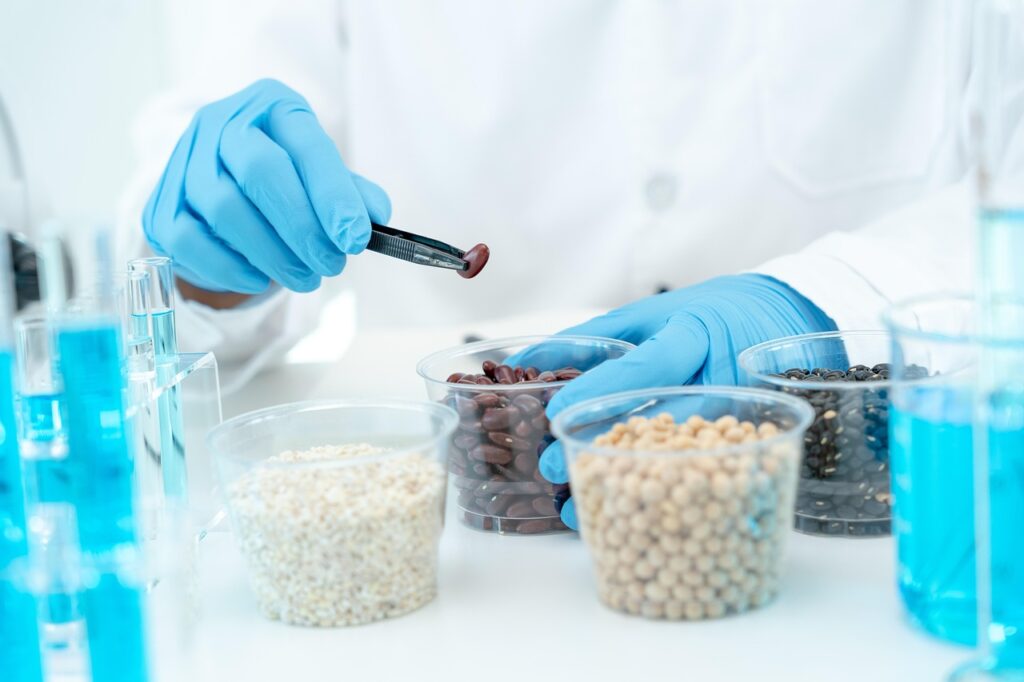It is critical to uphold the highest standards of food quality control in the quickly changing food sector of today. More than ever, consumers are conscious of and worried about the quality and safety of the food they eat. Because of this, food producers and suppliers need to have strict procedures in place to guarantee that their goods fulfill customer expectations as well as legal requirements. This blog examines the leading methods and innovations in food quality control that are transforming the sector.
Introduction to Food Quality Control
A crucial component of food production is food quality management, which guarantees that the final product is safe, dependable, and contaminant-free. Several tests and inspections are conducted as part of this procedure at every stage of the supply chain, from raw materials to final goods. Finding and fixing any problems that can jeopardize the food’s safety and quality is the main objective.
Key Techniques in Food Quality Control
1. Microbiological Testing
Testing for microbes is a key method in the management of food quality. To find dangerous microorganisms including bacteria, viruses, and fungi, food samples must be analyzed. Salmonella, E. Coli, and Listeria are common organisms that can result in serious foodborne infections. Microbiological testing assists in locating the origins of contamination and putting preventative measures in place to stop outbreaks.
2. Chemical Analysis
Finding chemical pollutants in food, such as pesticides, heavy metals, and food additives, requires the use of chemical analysis. As part of this process, nutritional content is also tested to make sure the items fulfill label specifications. For accurate and dependable results, food quality control laboratories frequently employ cutting-edge techniques like Gas Chromatography-Mass Spectrometry (GC-MS) and High-Performance Liquid Chromatography (HPLC).
3. Sensory Evaluation
Sensory evaluation is the process of evaluating food goods by employing our senses. Expert panelists assess qualities like appearance, texture, taste, and fragrance. To make sure the cuisine fulfills customer expectations and keeps a constant quality profile, sensory evaluation is crucial.
4. Physical Testing
A variety of physical testing techniques are employed to assess the viscosity, texture, and color of food products. Texture analysis, colorimetry, and viscometry are a few of the techniques used to make sure products stay constant in quality and match the required criteria.
Advanced Technologies in Food Quality Control
1. DNA-Based Methods
Food quality management is increasingly using DNA-based techniques like DNA sequencing and Polymerase Chain Reaction (PCR). Genetically modified organisms (GMOs), allergies, and infections in food can all be quickly and accurately detected thanks to these procedures. The specificity and sensitivity of DNA-based techniques are higher than those of conventional microbiological testing.
2. Spectroscopy Techniques
Spectroscopy methods, such as Near-Infrared (NIR) and Infrared (IR), are useful for monitoring food quality. The non-destructive examination of food composition and quality is made possible by these techniques. Spectroscopy is an effective method for regular quality inspections since it may rapidly identify chemical components and impurities.
3. Machine Vision Systems
Machine vision systems use cameras and computer algorithms to inspect food products for defects and quality issues. These systems can detect problems such as foreign objects, color variations, and size discrepancies with high accuracy. Machine vision is widely used in automated food processing lines to ensure continuous quality control.
4. Blockchain Technology
The food supply chain may now be made more transparent and traceable with the use of blockchain technology. Blockchain contributes to the maintenance of food quality control procedures at every stage by documenting each transaction and transportation of food goods on a safe, decentralized ledger. Additionally, this technology helps to minimize the impact on customers by rapidly tracing the source of any contamination issues.
Role of Food Testing Labs in Quality Control
Food testing labs play a crucial role. To guarantee food safety and quality, these labs are manned by experts and outfitted with cutting-edge equipment. They carry out a variety of tests. Microbiological, chemical, and physical tests are carried out at food testing labs to look for contaminants, confirm nutritional content, and make sure regulations are followed.

Importance of Food Quality Control in the Supply Chain
Food quality control is not confined to the end product; it encompasses the entire production chain. Every step of the process, from obtaining raw materials to processing, packaging, and distribution, calls for strict quality control procedures. This all-encompassing strategy aids in the early detection of possible hazards and the fast implementation of corrective measures.
Regulatory Compliance and Food Quality Control
One of the most important aspects of food quality management is adherence to food safety rules. Food makers are required to abide by regulations set forth by regulatory authorities like the European Food Safety Authority (EFSA) and the U.S. Food and Drug Administration (FDA). These authorities conduct routine audits and inspections to make sure businesses uphold strict criteria.
Challenges in Food Quality Control
Several obstacles remain in the way of food quality control, despite technological developments. Among them are:
Complex Supply Chains: Globalized supply chains make traceability measures more difficult and raise the danger of contamination.
Emerging pollutants: As new diseases and pollutants surface regularly, testing protocols and standards must be updated accordingly.
Cost and Resource Constraints: Especially for small enterprises, implementing cutting-edge food quality control technology can be costly and resource-intensive.
Conclusion
To sum up, food quality control is a crucial component of the food industry that guarantees consumer satisfaction and safety. Food makers can uphold strict quality and compliance standards by utilizing cutting-edge methods and tools. Maintaining consumer confidence and long-term success will depend on keeping up with the most recent advancements in food quality management as the business continues to change.
Food testing labs will remain essential to this process since they have the knowledge and equipment required to ensure food safety. The food sector can tackle the challenges of today and tomorrow and provide safe and high-quality products to consumers worldwide by embracing innovation and upholding strict quality control methods.











